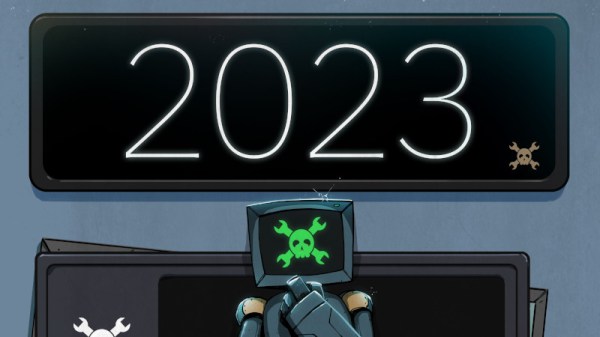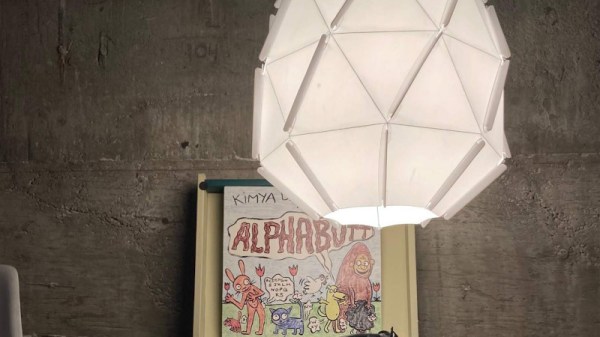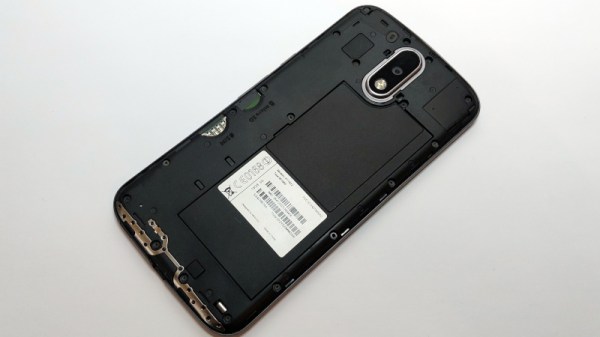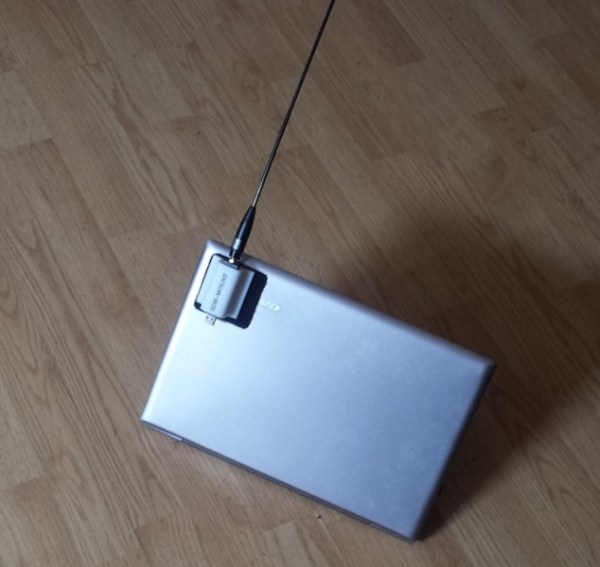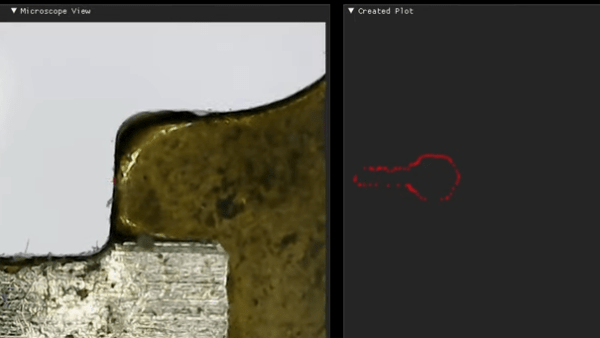By now it’s probable that most readers will have heard about LastPass’s “Security Incident“, in which users’ password vaults were lifted from their servers. We’re told that the vaults are encrypted such that they’re of little use to anyone without futuristic computing power and a lot of time, but the damage is still done and I for one am glad that I wasn’t a subscriber to their service. But perhaps the debacle serves a very good purpose for all of us, in that it affords a much-needed opportunity for a look at the way we do passwords. Continue reading “The Problem With Passwords”
2022: As The Hardware World Turns
Well folks, we made it through another one. While it would be a stretch to call 2022 a good year for those of us in the hacking and making community, the light at the end of the tunnel does seem decidedly brighter now than it did this time 365 days ago. It might even be safe to show some legitimate optimism for the year ahead, but then again I was counting on my Tesla stocks to be a long-term investment, so what the hell do I know about predicting the future.

Thankfully hindsight always affords us a bit of wisdom, deservedly or otherwise. Now that 2022 is officially in the rearview mirror, it’s a good time to look back on the highs (and lows) of the last twelve months. Good or bad, these are the stories that will stick out in our collective minds when we think back on this period of our lives.
Oh sure, some might wish they could take the Men in Black route and forget these last few years ever happened, but it doesn’t work that way. In fact, given the tumultuous times we’re currently living in, it seems more likely than not that at some point we’ll find ourselves having to explain the whole thing to some future generation as they stare up at us wide-eyed around a roaring fire. Though with the way this timeline is going, the source of said fire might be the smoldering remains of an overturned urban assault robot that you just destroyed.
So while it’s still fresh in our minds, and before 2023 has a chance to impose any new disasters on us, let’s take a trip back through some of the biggest stories and themes of the last year.
Laser Cut Clips Save A Lamp From The Trash
Ikea have been known for years as a purveyor of inexpensive yet stylish homewares, but it’s fair to say that sometimes their affordability is reflected in their insubstantial construction. Such is the case with the Sjöpenna lamp, whose construction relies on rubber bands. On [Tony]’s lamp these bands degraded with age, causing it to fall apart. The solution? A set of cleverly-designed laser-cut clips to replace them.
The challenge to replacing a stretchy material with a rigid one is that it must have enough ability to bend without snapping as it is put in place. For this he selected PETG, with 0.04″ (about 1 mm thick) hitting the sweet spot. His photos demonstrate with some green tape added for visibility, how the clip bends backwards just far enough to fit over where the rubber band once located, and then flips back neatly to hold it all in place.
If you have a collapsing Ikea lamp then this will be just what you need, but this hack goes further than that. A frequent requirement for repairs is some kind of clip, because clips are always the first to break, This technique for laser cutting them is a handy one to remember, next time your design needs a springy bit of plastic.
Non-Replaceable Battery? Not If This Proposed EU Law Passes!
A disturbing trend in consumer electronics has been a steady disappearance of replaceable batteries on our devices. Finding a mobile phone with a swapable battery is a struggle, and many other devices follow the trend by sealing in a Li-Po cell. The result is an ever-shorter life for electronics, and a greater problem with devices going to recycling or worse still, landfill. Hope is at hand though, thanks to a proposed European Union law that would if passed make batteries in appliances “designed so that consumers can easily remove and replace them themselves“.
In case any readers in the rest of the world wonder what it has to do with them, the EU represents such a huge market that manufacturers can neither ignore it, nor in most cases afford to make separate EU and rest-of-world versions of their products. Thus if the EU requires something for sale in its territories, in most cases it becomes the de facto norm for anything designed to be sold worldwide. We’ve already seen this with the EU’s right to repair legislation, and while we have not doubt that manufacturers will do their best to impede this new law we don’t think they will ultimately prevail.
Via 9to5Mac.
A Love Letter To My Lost Amiga
My first love was a black wedge. It was 1982, and I had saved up to buy a Sinclair ZX81. That little computer remains the only one of the huge number that I have owned over the years about which I can truly say that I understood its workings completely; while I know how the i7 laptop on which this is being written works I can only say so in a loose way as it is an immensely complex device.
Computing allegiance is fickle, and while I never lost an affection for the little Sinclair I would meet my true electronic soulmate around eight years later as an electronic engineering student. It no longer graces my bench, but this was the computer against which all subsequent machines I have owned would be measured, the one which I wish had not been taken from me before its time, and with which I wish I could have grown old together. That machine was a Commodore Amiga, and this is part love letter, part wistful musing about what could have been, and part rant about what went wrong for the best desktop computer platform ever made. Continue reading “A Love Letter To My Lost Amiga”
Antenna Mount Designed For On-The-Go SDR
Software-defined radio is all the rage these days, and for good reason. It eliminates or drastically reduces the amount of otherwise pricey equipment needed to transmit or even just receive, and can pack many more features than most affordable radio setups otherwise would have. It also makes it possible to go mobile much more easily. [Rostislav Persion] uses a laptop for on-the-go SDR activities, and designed this 3D printed antenna mount to make his radio adventures much easier.
The antenna mount is a small 3D printed enclosure for his NESDR Smart Dongle with a wide base to attach to the back of his laptop lid with Velcro so it can easily be removed or attached. This allows him to run a single USB cable to the dongle and have it oriented properly for maximum antenna effectiveness without something cumbersome like a dedicated antenna stand. [Rostislav] even modeled the entire assembly so that he could run a stress analysis on it, and from that data ended up filling it with epoxy to ensure maximum lifespan with minimal wear on the components.
We definitely appreciate the simple and clean build which allows easy access to HF and higher frequencies while mobile, especially since the 3D modeling takes it a step beyond simply printing a 3D accessory and hoping for the best. There’s even an improved version on his site here. To go even one step further, though, we’ve seen the antennas themselves get designed and then 3D printed directly.
DIY Comparatron Helps Trace Tiny, Complex Objects
Hackers frequently find themselves reverse-engineering or interfacing to existing hardware and devices, and when that interface needs to be a physical one, it really pays to be able to take accurate measurements.
This is easy to do when an object is big enough to fit inside calipers, or at least straight enough to be laid against a ruler. But what does one do when things are complex shapes, or especially small? That’s where [Cameron]’s DIY digital optical comparator comes in, and unlike commercial units it’s entirely within the reach (and budget) of a clever hacker.
The Comparatron is based off a CNC pen plotter, but instead of a pen, it has a USB microscope attached with the help of a 3D-printed fixture. Serving as a background is an LED-illuminated panel, the kind useful for tracing. The physical build instructions are here, but the image should give most mechanically-minded folks a pretty clear idea of how it fits together.
Continue reading “DIY Comparatron Helps Trace Tiny, Complex Objects”


